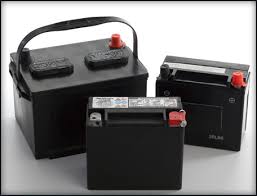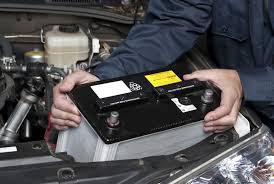The battery has two main functions:
- Supply power to the starter so that it can start the vehicle
- Store electrical energy for running accessories in case of electrical system failure and/or when vehicle is not running
Different battery designs, which include type, size and power requirements, exist for every vehicle. For the battery to do an effective job powering your vehicle, the correct battery must be used.
BATTERY DESIGN CONSIDERATIONS
1. Group Size: Size refers to the dimensions of the battery. It indicates length, width, height, and post configuration (which side the +/POS and -/NEG terminals are on). This ensures consistency among manufacturers the same way AA, AAA, etc. batteries are used for the batteries in your remote controls, flash lights, and so on.
2. Cold Cranking Amps (CCA): Cold cranking amps is the amount of power (amperage) that the battery can deliver consistently over 30 seconds in cold (0F) temperature. The higher the CCA, the better a battery will be able to perform in extreme weather conditions.
3. Reserve Capacity (RC): Reserve capacity is the amount of time that the battery can supply power to the vehicle when the key is off or the charging system fails. The technical definition is “the number of minutes a battery at 80 degrees can be discharged at 25 amps and maintain a voltage of 10.5 volts for a 12 volt battery”. The higher the reserve capacity, the longer the battery will provide power before needing a charge and the longer the vehicle will operate on the battery power alone. This is an important factor to consider for a vehicle with accessories that require extra electricity such as light bars, winches, etc.


